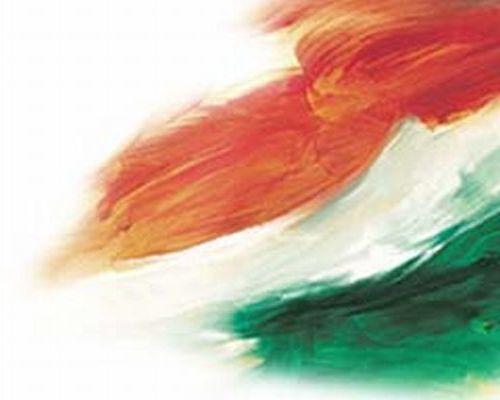The Transformative Processes in the
Context of India
The Hierarchical Polarization Paradigm in the context of India
The Hierarchical Polarization Paradigm (HPP) is an economic and social paradigm that creates imbalances, inequality, and lack of freedom. The HPP in regards to India polarizes dualisms such as male and female and Brahmins and the Untouchables. The overarching theme of the British occupation was to divide Indian society as much as possible in order to make them easier to control. Therefore the polarization of groups within the Indian culture was highly encouraged by the British as it played into their tactics. As long as the people felt divided by gender and class amongst themselves they would not be able to unite in any kind of organized manner against the British. Mahatma Gandhi realized the great importance of unity amongst the Indian people. He saw that the British power over them was founded on the Indians’ self-segregation. Therefore his independence movement was strongly grounded in breaking down the Hierarchal Polarization Paradigm. He believed that if men, women, and different castes united then no one could keep India from independence.
Historical Background
India, a land that bears a legacy of empires, from the Golden Age under the Gupta Dynasty to the Islamic Mughal dynasty to the Hindu Chola and Vijayanagar Dynasties, was no doubt a civilization of rich history and diversity. (Indian Child) However, despite this richness, India bore the sufferings and burdens of British colonization.
The British first established their control in 1619 in Surat and a century later expanded their influences under the pretext of trade and economic transactions through the East India Company. (Indian Child) In 1850, the British controlled what is now India, Pakistan, and Bangladesh. Under British occupation, the socio-economic disparities between different castes and religions increased particularly through the institutions of education and the utility of the English language. Education in India traditionally served the elite Brahman; generally speaking, institutions that were instituted by the British continued to serve the Brahman’s educational and economic advantages further escalating differences between Hindus and other religions and inequalities within the caste system itself. (Sanne)
The partition between India and Pakistan in 1947 amounted to “an undeclared civil war, a dispute over border, boundaries, culture and religion.” (Pennebaker 10) Women suffered immensely by being raped, tortured, displaced, and abused. These sufferings were due because of an asymmetric power balance between men and women, and/or due to using women as an instrument to exert power over another group/religion and/or due to their religious affiliation. Moreover, a lot of women committed suicide in the fear that they would be targeted.
SOURCES:
Pennebaker. Mattie Katherine. “`The Will of Men’: Victimization of Women duringIndia’s Partition.” Agora no. 1, issue 1 (Summer 2000).
<http://www.tamu.edu/chr/agora/summer00/pennebaker.pdf>
Indian Child. Indian History-Important Events. [ http://www.indianchild.com/history_of_india.htm ]http://www.indianchild.com/history_of_india.htm ( accessed April 3 2010)
Sebastian Sanne. British Colonization in India and its Influence on Indian Society (2003) [ http://blog.designs-for-automotion.de/zeug/British%20Colonialism%20in%20India%20and%20its%20Influence%20on%20Indian%20Society.pdf ]
http://blog.designs-for-automotion.de/zeug/British%20Colonialism%20in%20India%20and%20its%20Influence%20on%20Indian%20Society.pdf (accessed April 3 2010)

